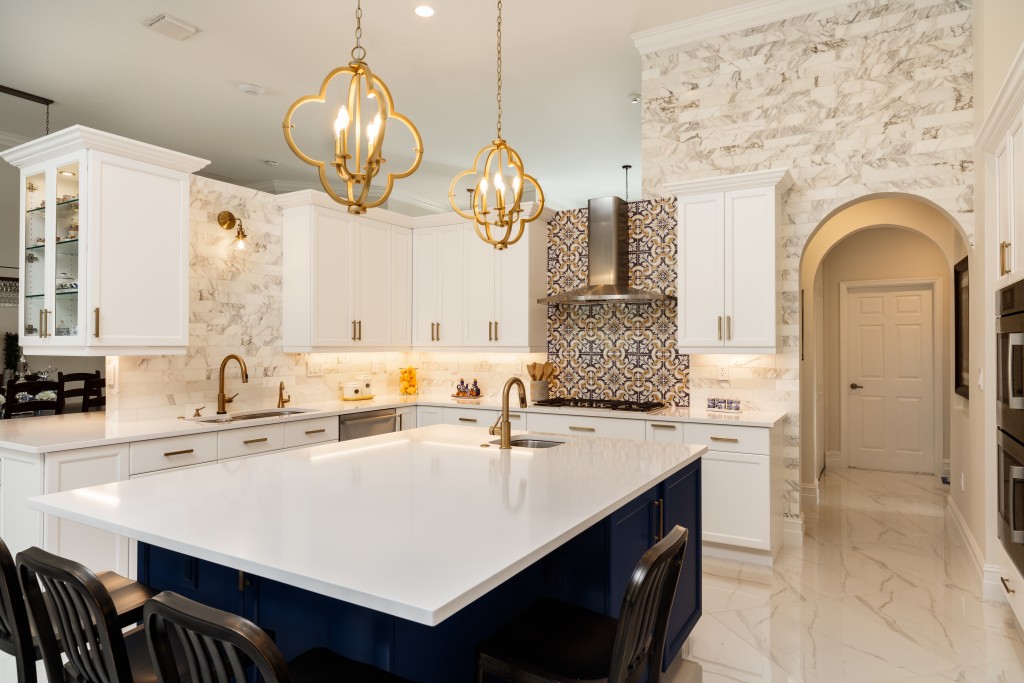Many people think that the only qualifications needed to become an interior designer are an eye for style and the ability to swatch and put colors together. But there’s more to becoming an interior designer than that. In fact, they possess technical and practical skills as well. That just goes to show that not everyone can become an interior designer.
Styles are influenced by a lot of factors such as personalities and trends. True enough, interior designers don’t all abide by the same design standards. They each have their own style and incorporate those in their work. But no matter where they’re from or what their personal preferences are, they do have some golden rules.
Pretty but practical
When you hear the term “interior design,” you’d think it’s all about colors and aesthetics. But no matter how an interior designer wants to style a room, they should always put practicality and functionality at the top priority.
Everything they do must be usable and functional. A sofa might look nice, but if it’s not comfortable, it’s not the best choice. Interior designers need to have the ability to put form and function in one. So there’s often a dilemma between the aesthetic appeal and features of a particular piece of furniture. But the golden rule requires that there should be a blend of both.
The Golden Ratio
In interior design, they have a term coined as the golden ratio. This rule requires that measurements of a room should be given a great deal of importance. Every room should follow the 2:3 ratio in order to look both appealing and balanced. Without it, there won’t really be any harmony in the room and it’s going to look awkward.
The 2:3 ratio is accomplished by dividing a room into two thirds. The bigger area should house the biggest furniture while the smaller part is where more subtle pieces come in. For example, the couch, being the biggest and bulkiest furniture, goes to the third of the room. On the other division goes smaller pieces like the side desk or coffee table.
Lighting
 You might be thinking that different designs should be accompanied by different lighting. A pink light in a bedroom might seem awesome, but that’s not how interior designers work. A huge bulk of their overall design puts lighting into consideration. It has an impact on the look and feel of an area, so they should know the right lighting to use. And that doesn’t only mean considering the aesthetic appeal, but also the practicality.
You might be thinking that different designs should be accompanied by different lighting. A pink light in a bedroom might seem awesome, but that’s not how interior designers work. A huge bulk of their overall design puts lighting into consideration. It has an impact on the look and feel of an area, so they should know the right lighting to use. And that doesn’t only mean considering the aesthetic appeal, but also the practicality.
Versatility
We’ve mentioned that design can be influenced by trends. Yellow accents might be a trend in one season and immediately outdated in another. And it’s not practical to keep renovating a room every time there’s a new trending design. That’s why interior designers must be versatile and have the ability to translate that into their work. Good interior designers know how to incorporate trends in small and seemingly subtle elements so that the room stays relevant and fresh throughout the years.
Fitting to the architecture
Not every room or home is made the same way. So no matter how good that interior design looked in the magazine, it doesn’t mean it will translate well in a particular home. Interior designers must know how to fit their work in the structure of a room. They must have the ability to find the right style that’s fitting to the architecture.
Becoming an interior designer is more than just having an eye for style. They have technical knowledge as well, as proven by the golden rules they follow.

